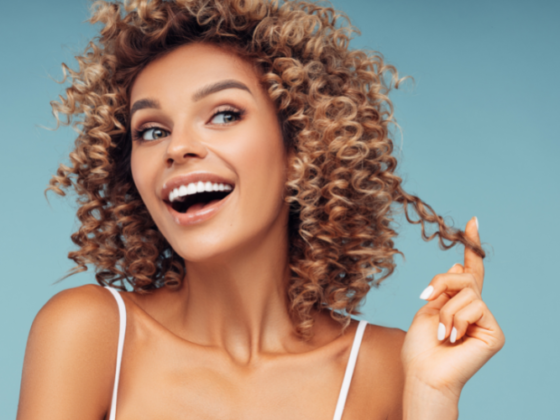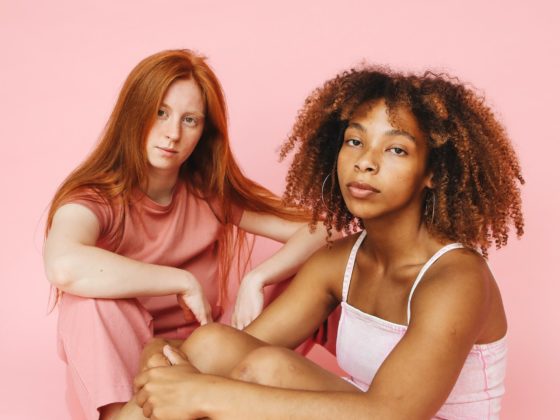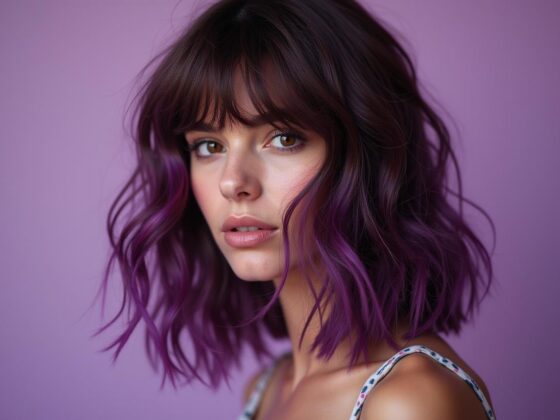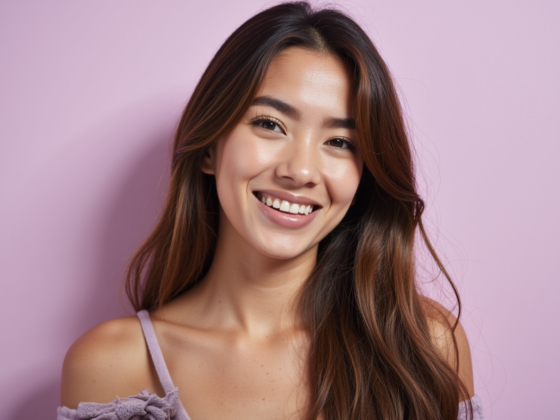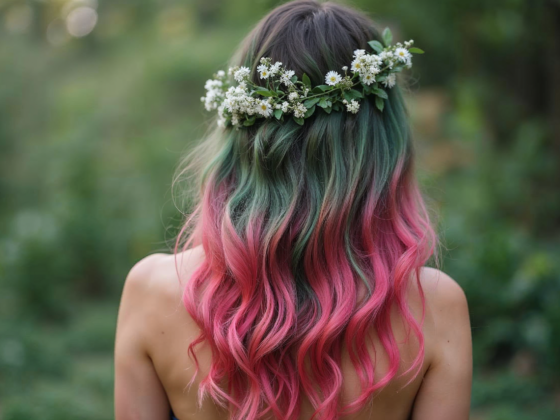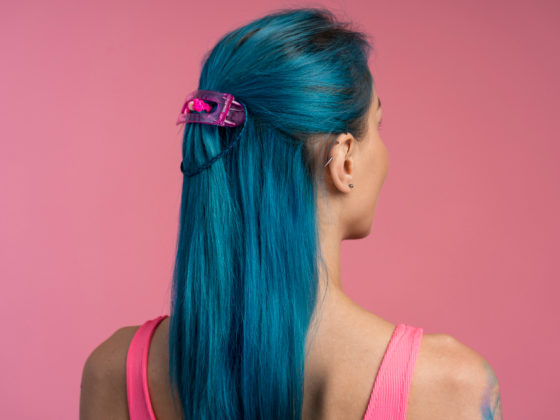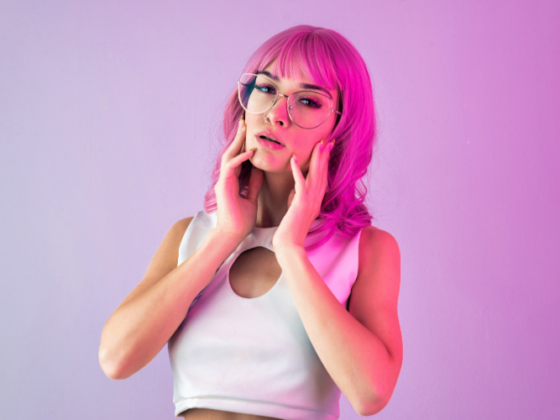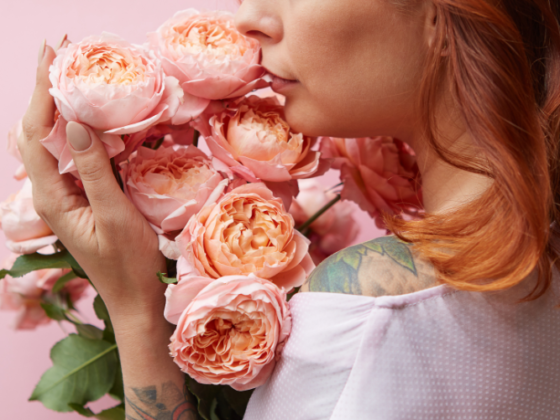You’re beginning to notice that a couple of hairs are red.
And this is unusual, you’d never noticed this before.
So, you’re looking it up.
I remember playing with my partner’s hair and noticing multiple red hairs on his head. I examined his beard and noticed that it was sprinkled with red hair.
So, I started researching to find out why his hair is turning red naturally because I knew he wasn’t dying it red.
He is 32 and he’d never noticed it before.
Let’s look into why your hair is turning red naturally with age.
This post contains affiliate links, meaning I may make a commission at no extra cost to you if you decide to click on a link and purchase something. Click here to read the full disclaimer.
Why is my hair color turning red?
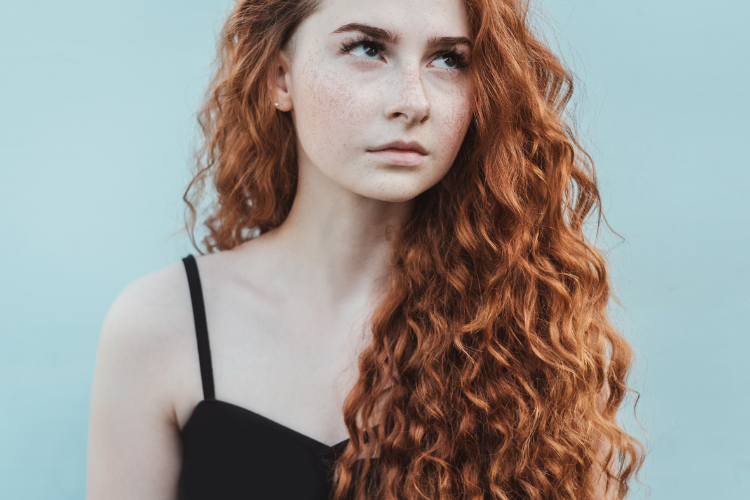
Before I go out listing reasons, let’s understand a little bit about the science behind hair pigment.
Every person is born with 2 types of melanin for hair (Eumelanin and Pheomelanin) which is responsible for hair color.
Pheomelanin is responsible for blonde or red hair, whereas Eumelanin is responsible for brown or black hair (dark hair).
If you are a natural redhead then you have more Pheomelanin (the hormone responsible for red/blonde hair) and as you grow up, your hormones change resulting in the production of:
- More Eumelanin (the hormone responsible for darker hair) – will result in your red hair turning browner.
- More Pheomelanin (the hormone responsible for red hair) – will result in your hair turning redder.
The total amount of melanin is unique to you and determined by your genes.
So is the ratio of Eumelanin and Pheomelanin. This is what is responsible for your natural hair color.
And yes, people’s hair color does change over time with age and other factors.
Let’s look at the factors that are causing your hair color to change with age.
1. It’s in your genes
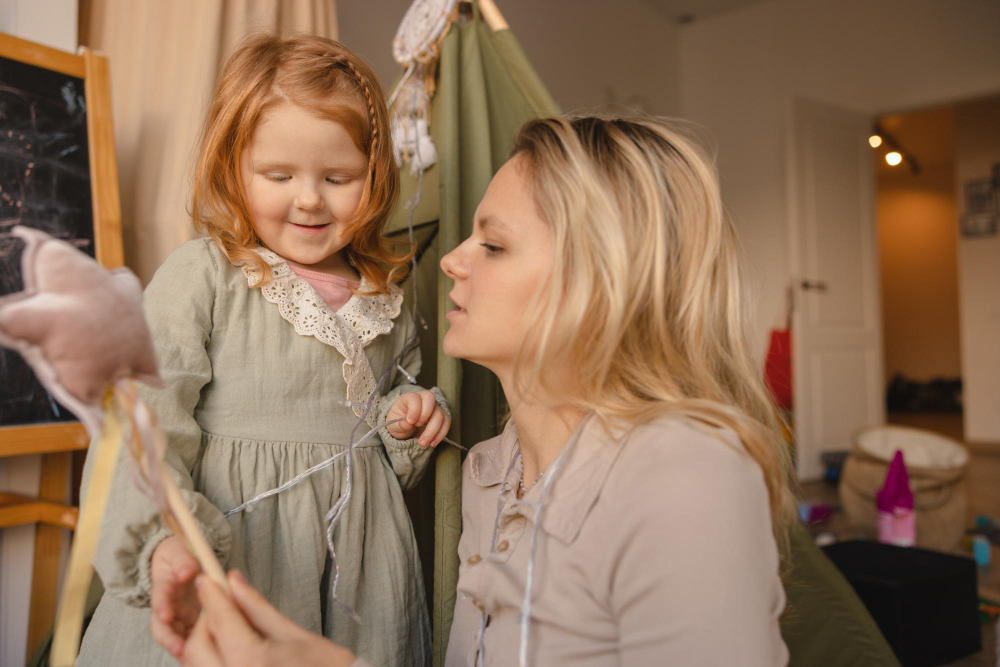
According to a study conducted, Scientists have discovered that 8 genes are linked to red hair.
Red hair is thought to be considered by a single gene called MC1R.
The research suggests that a person is a redhead if they inherit 2 versions of the MC1R gene from both biological parents – one from their mother and one from their father.
Basically, almost everyone with red hair has 2 copies of the red-haired version of MC1R but not everyone carrying the 2 red-haired versions is a redhead.
So, now that your hair is turning red or a few strands are becoming red, there is a very high possibility that you’ve inherited the MC1R gene from both of your parents.
Your parents might not actually have red hair, but they may have the gene that has allowed them to pass it on to you.
Pretty cool, eh?
Which in my partner’s case makes a lot of sense since his dad is Scottish and his mom’s ancestors were German Jews who migrated to India during the Holocaust – a story for another day.
2. Your hormones are changing
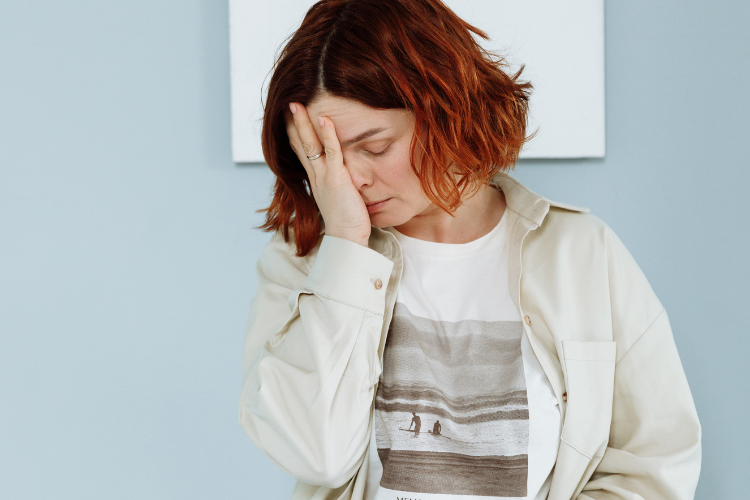
The word “hormones” usually has people thinking of teenagers and acne and growth spurts.
But hormones fluctuate all the time.
And hormones actually affect our hair – its health, texture, and color.
High fluctuations in Oestrogen alter the content of Melanin (the pigment responsible for hair color) in your hair.
As I said earlier, hair melanin is composed of 2 parts – Eumelanin and Pheomelanin.
So when your Oestrogen fluctuates due to multiple factors, your hair could generate more Eumelanin which will make your hair darker or more Pheomelanin which could make your hair redder.
More Pheomelanin will increase the red shades in your hair giving it warmer tones.
So, what can cause a change in Oestrogen? Actually multiple factors like:
- Pregnancy for instance can change the color of hair and the density and quality can be affected too.
- PCOS – Polycystic Ovary Syndrome
- Congenital Adrenalin Hyperplasia (a genetic condition affecting the adrenal glands)
Even something as small as stress can release a lot of Cortisol and this can change your hormone production of Oestrogen.
3. Your medication may be affecting your hair color

When I was young, my English teacher – Ms. Mary had cancer.
I remember her balding for a while, and after she had finished her chemotherapy, her hair started to grow brown and curly.
She originally had straight black hair.
None of us knew or even tried to understand it because we were kids but I did some research and I realized that this is more common than we think.
There are a lot of medications that can influence the health of your hair and even change its texture.
Medications like blood thinners, certain antibiotics, steroids, beta-blockers, epilepsy medication, thyroid medications, cancer treatments, etc have the potential to change the appearance of your hair completely.
Here is a whole list of medications that affect your hair color.
That’s why it’s very important to discuss the potential side effects of your medicines with your Doctor so that you’ll know what to expect when taking them.
4. You’re eating foods that are making your hair red
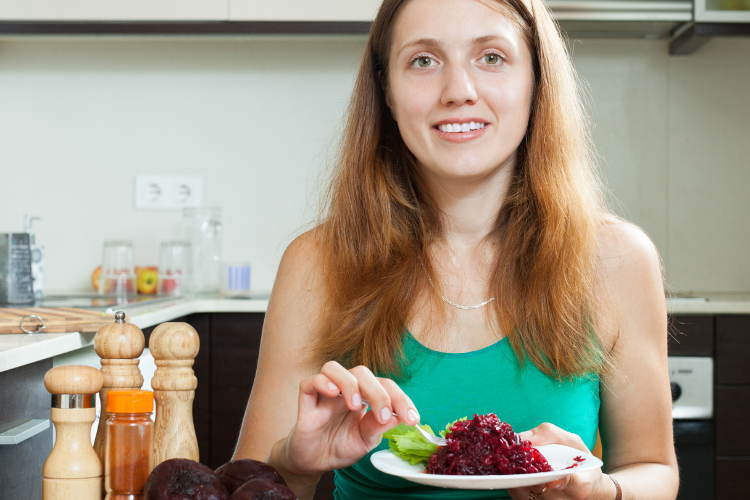
Remember the guy who ate too many Cheetos and developed orange skin?
Well, it’s sorta like that.
A lot of the food you eat goes into your hair.
If you have very light hair, eating a lot of beetroots (beets) or carrots can cause your hair to become more ginger-red or dark red.
This is because certain foods like carrots and beetroots do contain pigments that are absorbed by the hair.
This is usually temporary and will go away as long as you switch to a different food.
5. You’ve had too much chlorine exposure

If you bathe in hard water or swim a lot in chlorinated pools without protecting your hair, your hair could turn red.
Hard water has a lot of chlorine and hard salts that coat the hair and eventually oxidize it leading to bleaching of the melanin present in your hair.
Every natural hair color will react differently to oxidization.
This is fascinating actually.
For instance, blonde hair can look more green and blue, whereas black or brown hair can develop a reddish hue.
6. You may have a nutritional deficiency
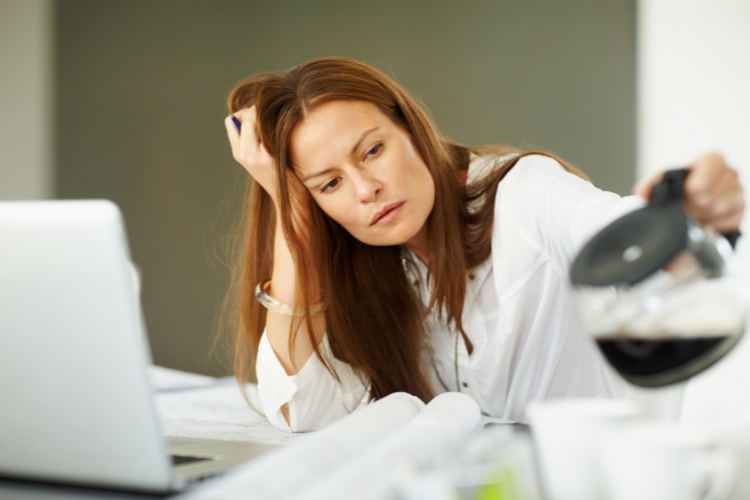
Our skin and hair can often be very good indicators of our overall health.
I remember my mom’s hair becoming a weird texture when she got cancer and was going through chemo. Her nails became yellow and started falling off too.
When people don’t have access to good nutrition and are not getting their daily dose of nutrients and vitamins, certain changes to skin and hair can happen.
According to this article, apart from malnourishment, even congenital heart disease, neuromuscular disease, chronic illnesses, alcoholism, etc. can cause hair to change color or hair loss.
If you notice that your hair color is changing and none of the factors are applicable to you and you are concerned, please consult a doctor.
There is a chance that you may just have a vitamin deficiency which is causing your hair to become or turn red.
7. You are aging
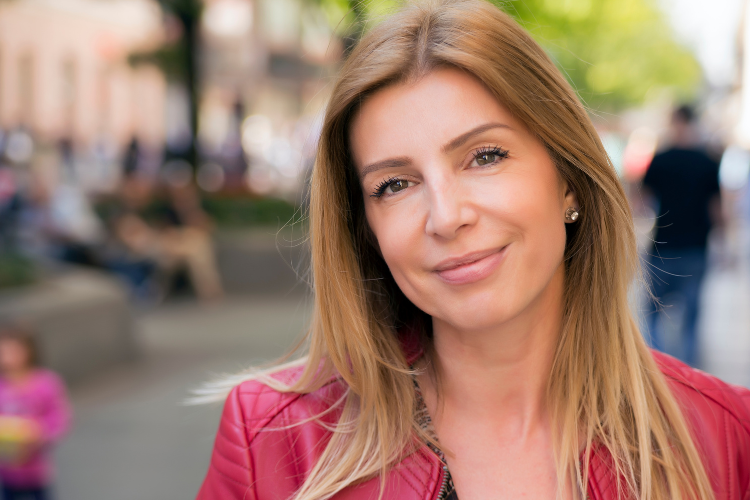
A lot of people who have red hair, notice that their red color either fades or becomes more coppery.
I’ve covered that in this post where I talk about how red hair lightens with age.
As we grow older, our hair starts to produce less melanin and this can cause your hair color to lighten making your hair look redder.
8. You’re spending too much time in sunlight

Have you ever noticed keeping brightly colored clothes in the sun and noticing that the color lightens over time?
This is what is happening to your hair – it’s the same principle.
The UV radiation from the sunlight is actually bleaching the melanin in your hair – making your hair lighter.
Sunlight can lighten your hair and the base color of your hair becomes more prominent.
So, let’s say you have black or brown hair. Spending too much time in the sun will lighten your hair and the base color will become more prominent.
Hair color is composed of 3 colors – red, yellow, and blue.
If you have brown hair, you have a certain composition of red, yellow, and blue pigments.
Sometimes, due to the factors mentioned in this article, the other colors could fade and become less – this can make the red more prominent – causing your hair to showcase some red color.
If you’ve been out in the sun a lot, or you’ve lightened your hair recently and you see red – there is a chance that the red can become more prominent.
9. You’ve been using heat/chemicals which indirectly caused your hair to turn red
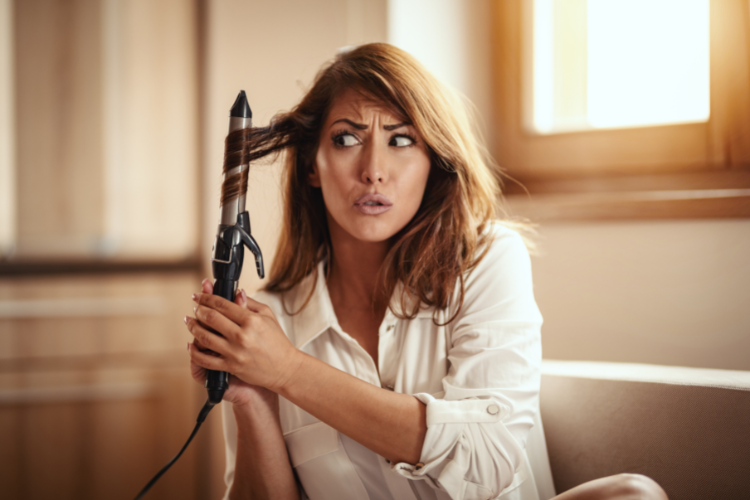
I am not talking about dying your hair red, but other chemicals and heat instead.
Perming has been known to turn hair into a different color.
If you notice that your hair turned red after a perm, it could be because the perm solution was left in your hair for too long or it was not applied properly.
Perms use chemicals to alter the structure of your hair, thus allowing it to hold a new shape.
And the chemicals used in a perm can strip the melanin from your hair and deposit a new color in its place.
I would suggest talking to a haircare professional or hair colorist to understand if it was in fact the perming solution that caused your hair to be red.
Even straightening or curling your hair using high heat can cause your hair to turn red. This is because excess heat can cause the melanin in your hair to break down – leading to lighter colors.
These are some of the reasons why your hair is turning red naturally.
How to prevent your hair from turning red?
If you aren’t happy about your hair turning red, then there are options you can consider to stop your hair from turning red.
1. Wear sun protection
If your hair is turning red due to a lot of sunlight, then start protecting your hair when you go out.
You can wear sunscreen on your hair or wear caps or hats to protect your hair from the sun.
I recommend this spray-on sunscreen for your hair because it not only smells great but it conditions your hair, and protects it from UV rays.
2. Get a showerhead filter
There are filters that turn hard water into soft water.
AquaBliss by far makes the best Showerhead filter that filters hard water. And they are really good. Not only will your skin and hair health improve significantly, but it will also solve the problem of your hair turning red.
However, this requires maintenance.
You may have to change your filter every 6 months if you live in an area with a lot of hard water.
3. Use a clarifying shampoo
If at all your hair turning red is due to the buildup and oxidization in your hair due to harsh chemicals from swimming pools and shower water, then using a clarifying shampoo will help.
A clarifying shampoo will help get rid of all the buildup without affecting your hair’s natural oils.
I only recommend this one by Morocannoil because I genuinely have felt my hair become more soft and healthy after using it.
I love most of the products by Morocannoil.
4. Eat nutrient-rich foods
There are foods that solely are good for your hair.
And of course, there are vegan options too if you don’t want to eat salmon or eggs.
Stay hydrated and eat good food – both of these will ensure that you aren’t dehydrated or lack certain minerals and vitamins – which will ensure that your hair doesn’t turn red.
5. See a doctor
Honestly if nothing is working, and you are sure it’s not due to genetics, then see a doctor.
They will most certainly be able to help you understand what is causing your hair to turn red and will help you fix it.
Frequently asked questions
Can your hair change color from stress?
Yes, stress causes the stress hormone Cortisol to be created in large amounts. This can affect your hormone Oestrogen which largely affects hair color.
And your hair color can change if you take a lot of stress.
It can also cause premature greying – meaning your hair will stop producing melanin – the pigment responsible for hair color.
Does hair turn red before grey?
Your hair turning grey doesn’t have anything to do with grey or white color pigments.
It’s the lack of pigment that results in grey, white or silver hair.
I’ve talked about how people who have red or copper hair start to notice their hair becoming more brassy.
And the red color doesn’t actually fade – it’s just the lack of red pigment which eventually turns your hair white.
Here are a few more posts you may like:




